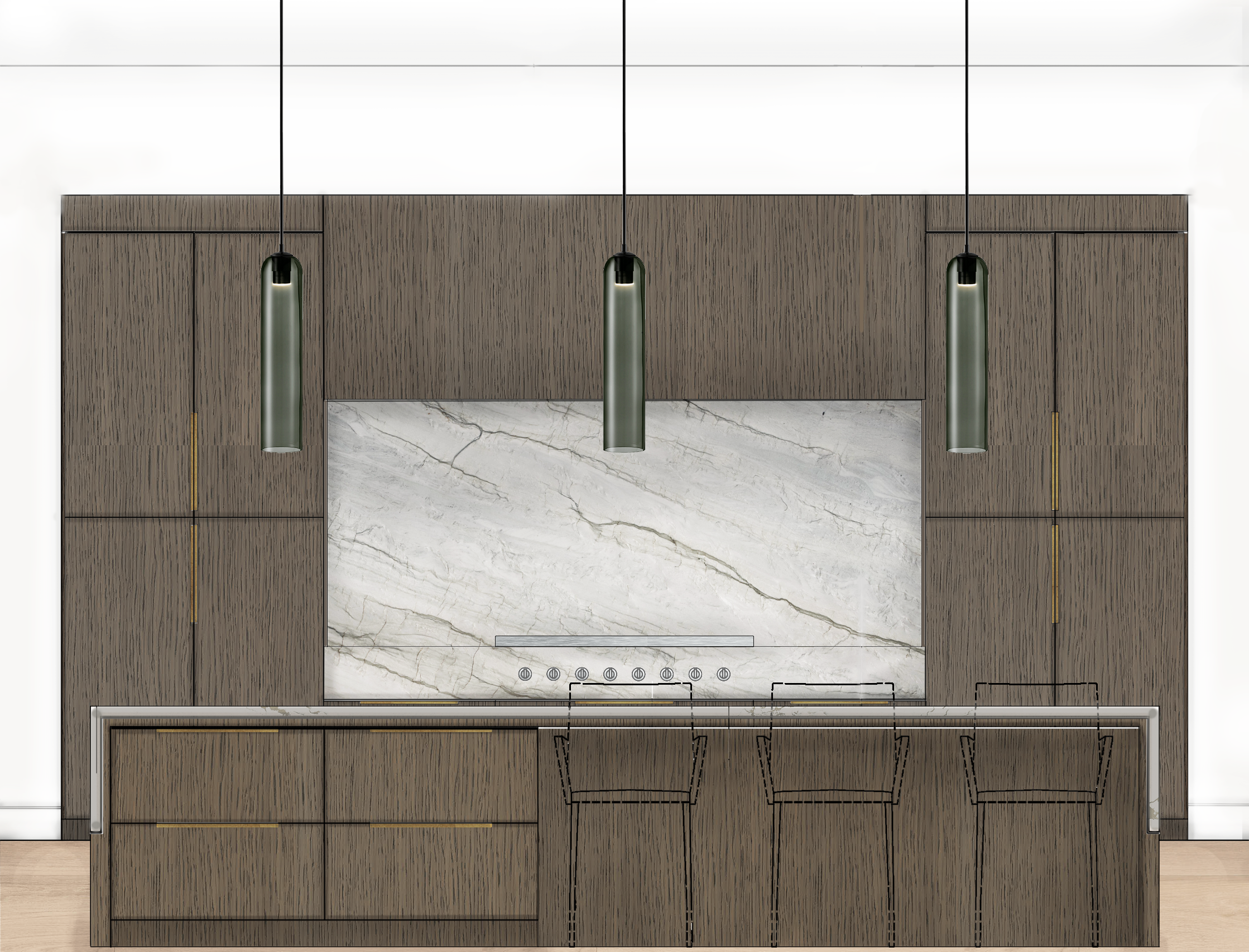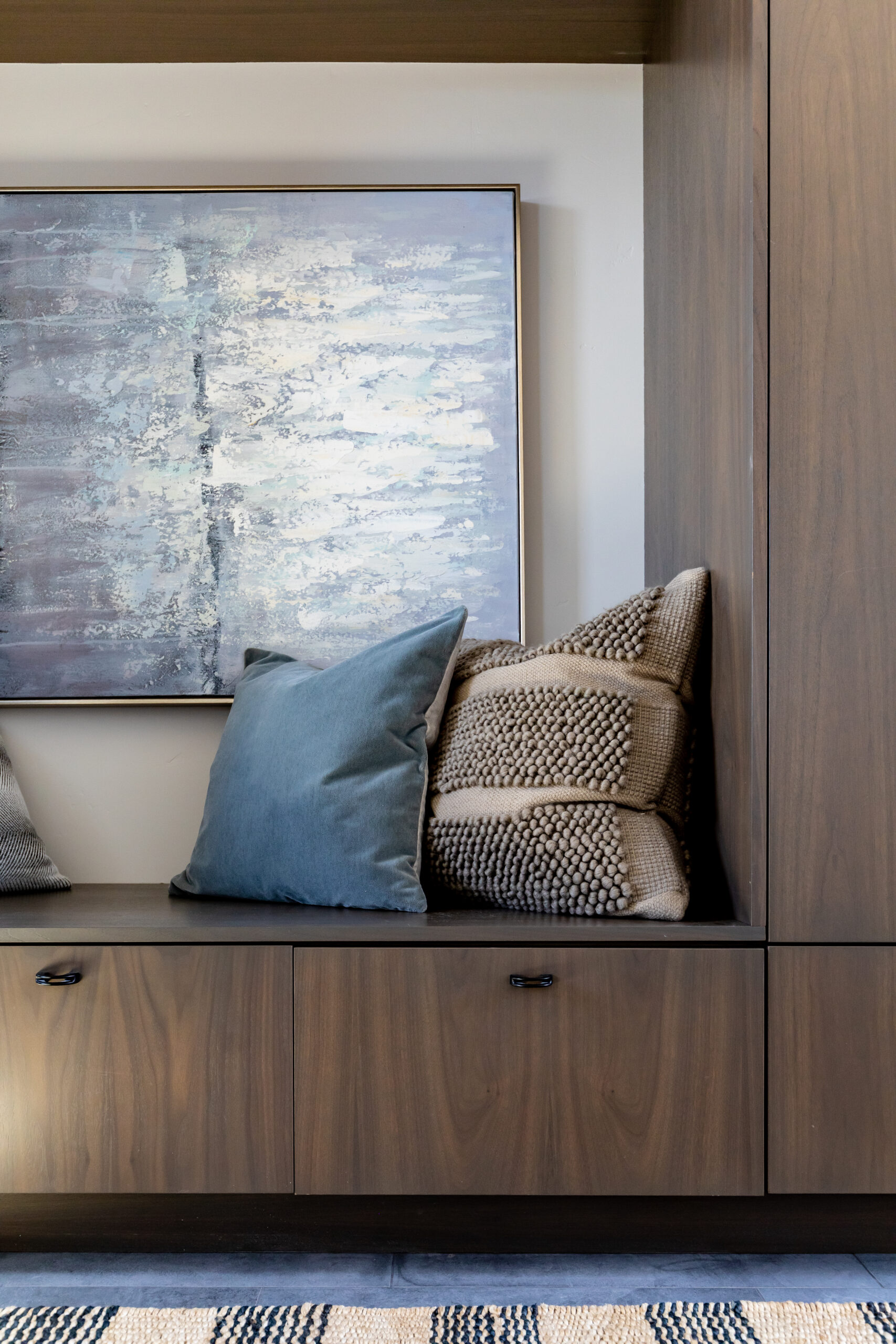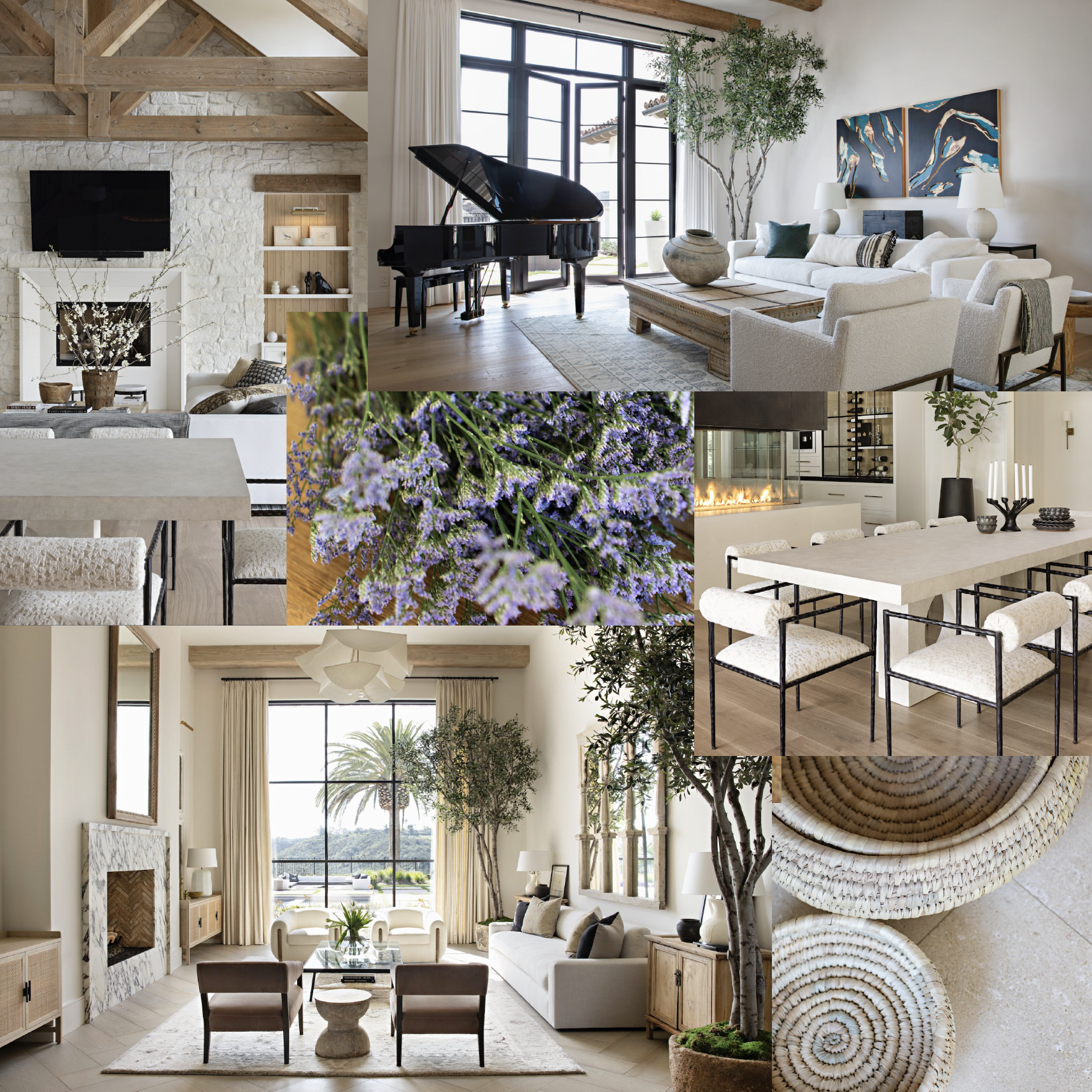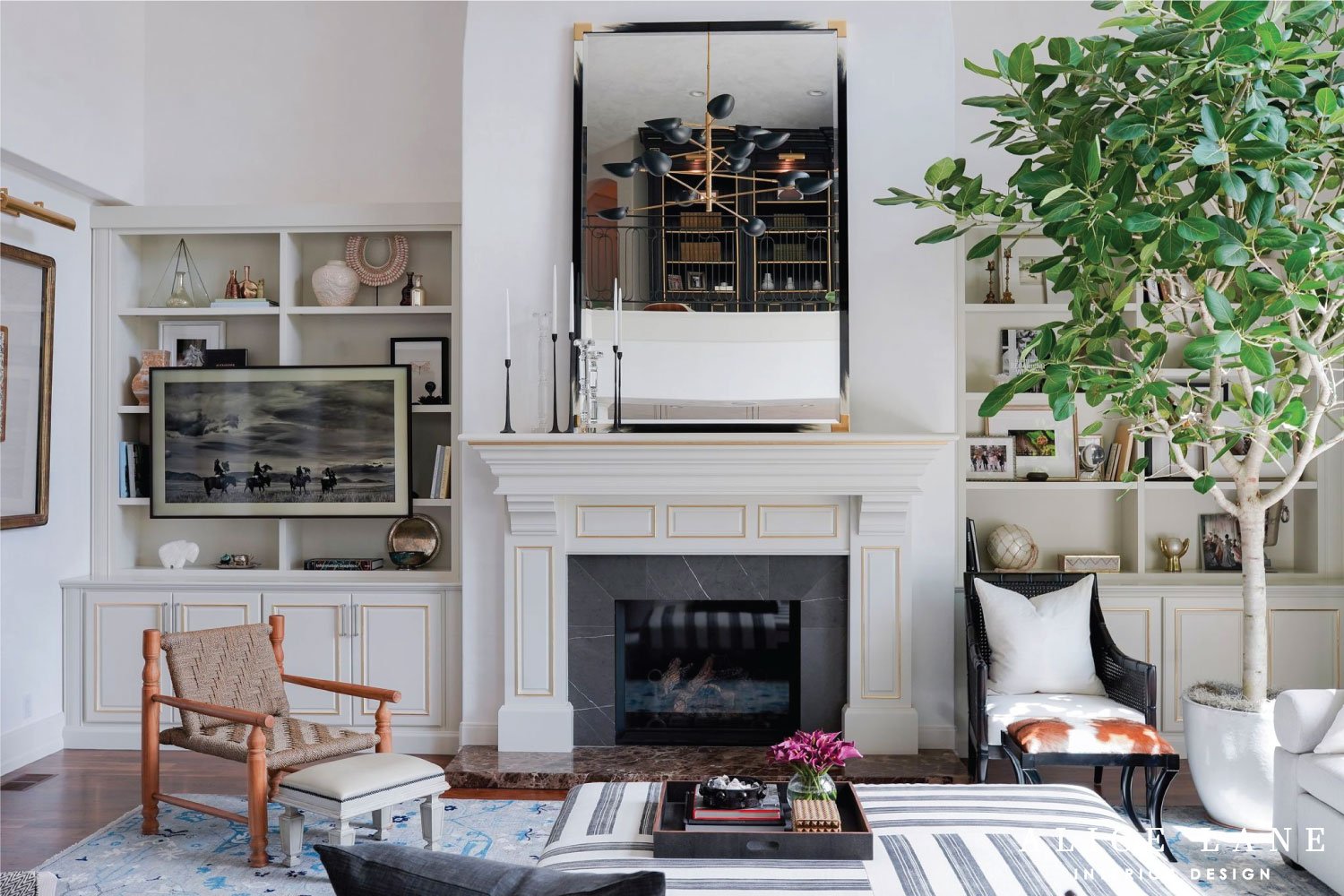Defining your home design style
Have you ever found yourself asking the question what are the different types of interior design styles? Maybe you want to switch up your style but can’t decide which direction to go in. There’s a style for every preference and we’re here to help you find the look that’s right for you!
There are many types of interior design, with the list ever-evolving. Some of them are fads and others are timeless classics that stand the test of time. Each style is comprised of distinctive furniture, décor, lighting, and accessories that give it its signature look. In getting to know some of the most popular styles, you’ll better understand what styles stand out to you and meet your preferences. When looking through this article, be sure to pay attention to which inspiration images and design elements catch your eye. That will serve as a key indicator to knowing which style you best resonate with.
So, with countless design styles out there, let’s get started!
TRANSITIONAL DESIGN

Let’s start with one of the most popular styles in the design world today. Transitional design is what we like to call the happy medium of interior design styles. This is the style for you if traditional design is too stuffy, but contemporary is too out of your comfort zone. Transitional is the perfect mix of traditional elegance with contemporary lines and textiles. In addition, transitional interiors keep accessories to a minimum. It’s important to let the furniture and the textiles do the talking. Take advantage of area rugs, throw pillows, and blankets to accessorize.
Perhaps the most aesthetically pleasing aspect of the transitional design style is the mix of masculine and feminine. Curved furniture and finishes like wood, rattan, steel, and lacquer are common elements. Furthermore, the combination of two very different styles creates an interesting and welcoming home design perfect for entryways and other rooms.
TRADITIONAL DESIGN

When it comes to defining different interior design types one of the most well-known styles is traditional interior design. Traditional interiors use tables and chairs made from dark wood that is ornately detailed. Traditional design draws its inspiration from 18th & 19th Century England and France. This explains why it’s common to find expensive textiles like silk, velvet, and linen used everywhere from upholstery to window treatments. Fabrics also feature a variety of different patterns. A few popular patterns include; damask, florals, stripes, and plaids, for example. Furthermore, traditional homes also like to bring in a sense of glam with crystal chandeliers.
European décor heavily influences traditional interiors. Most traditional homes have a very neutral color palette with pops of color brought in with oil paintings or floral arrangements. If you’re not into ‘matchy-matchy’ traditional may not be your cup of tea. Above all, consistency is key so it’s common to find matching furniture sets.
MODERN DESIGN

We’re here to clear up the difference between modern and contemporary. In spite of their number of similarities, there are a few big signs that you’re looking at a modern interior. Modern design refers to a specific time period while contemporary design is ever-evolving. Modern interior design came on the radar in the early to mid 20th century. Due to the mix of Scandinavian, mid-century modern, and post-modern design, we have our current definition of modern.
For example, furniture has clean lines with smooth, sleek surfaces. In particular metal, chrome, and glass are favorite choices among designers. However, with modern interiors, décor is kept minimal. They tend to ditch the knick-knacks and use art as the main décor. It’s common to see bold colorful accents in art and furniture in a mostly neutral space.
CONTEMPORARY DESIGN

When you look at interior design styles throughout history contemporary interior design is the one style that is always evolving. The contemporary design style will most likely continue to change over the course of the twenty-first century. Contemporary refers to anything of the present moment. This unique interior design style borrows from various time periods which creates an environment fit to last a lifetime.
Contemporary interior design is a sleek and simple space. It uses different features like unique shapes, detailed moldings on walls and windows and open layouts to create an interesting and distinct space. Typical contemporary furniture shows exposed legs and clean lines to give a light and airy feel. It’s common to see materials like metal and glass used because of their light-reflecting properties. This look is the ultimate mix of house décor styles. In addition, neutral color palettes are the most common for contemporary design with textured fabrics to create interest. Thus, creating the perfect luxury modern interior.
ECLECTIC DESIGN

There are common misunderstandings when it comes to the eclectic design style. A few different key features identify eclectic interior design. Think of it as a high-energy collection of carefully selected pieces brought together to create a culture rich interior. Because of this, many think eclectic design has an anything-goes spirit. However, there is a fine line between layered and collected, and busy and distracting. Stick to a neutral color palette and use a select few accent colors to bring in the worldly vibe you’re looking for. With this in mind, the ideal eclectic interior balances color and texture. As a result, it’s the perfect blend of old and new.
MINIMALISTIC DESIGN

Scandinavian design and minimalist design have a lot of the same qualities. Both have uncomplicated forms, clean lines, and simple finishes. However, the minimalist decorating style is inspired by Japanese design and concentrates on the principle that less is more. In the end, minimalist design loves empty space.
While most minimalist interiors have a neutral color scheme, primary colors can also be used as an accent color. Patterns are nowhere to be found and texture is a necessity. Because of the less is more philosophy you’ll find functional furniture is the most essential design element. Storage is also important in minimalist interior design. For this reason, furniture often doubles as hidden storage. For example, a coffee table that lifts up to reveal storage is one of the many creative solutions minimal interiors use.
MID-CENTURY MODERN DESIGN

Next, we have a classic that seems to stay relevant no matter the decade. Mid-century interiors started in the 1950s and ’60s in post-war America. During this time the design industry was trying to break out of its traditional barriers and dive into the modern era. As a testament to this style’s timeless quality, there are still so many popular mid-century modern furniture pieces that are still used in our homes today. Keep an eye out for versions of iconic furniture such as the Eames lounger, the egg chair, or the wishbone chair.
Mid-century modern homes have a breezy and seamless flow. They’ve always encouraged indoor-outdoor living. For this reason, sliding doors and picture windows are left bare to emphasize the connection to nature. Rich and luxurious woods such as teak, rosewood, and walnut are regularly used. In addition, accents of mustard yellow, chartreuse, or avocado are used for a pop of color. The mid-century revival we’re seeing in today’s design industry makes this popular interior design style more achievable than ever.
MODERN FARMHOUSE DESIGN

Our list of house decor styles wouldn’t be complete without modern farmhouse interior design. Joanna Gaines has earned the title as farmhouse queen, but even she is blending her farmhouse style into a more modern, and collected space. Modern farmhouse interiors have many characteristics of what we know as traditional farmhouse design. On the other hand, things become more simplified and clean without losing their character. Shiplap isn’t going anywhere and we still want to see barn doors galore. Modern updates like wide plank floors, open concept living, and sleek lighting are a few common identifiers of the modern farmhouse decorating style.
Farmhouse interiors are also known for mixing metals. From gold to black to nickel, contrast is your friend. In addition, we love that this unique design style takes its connection to nature seriously. It’s essential to have raw wood elements and greenery that can be found in every room. Consequently, color palettes in modern farmhouse interiors are always on the neutral side. When you want to add that extra pop of color it’s important to pull from nature. For example, try adding deep navy, sage green, or burnt orange.
RUSTIC DESIGN

When looking at rustic interior design it can be defined with a few basic signs. There will always be natural materials, industrial touches, and farmhouse charm all around. The rustic design style was originally born from inspirations of the Romantic movement. It focuses on the simplicity and effortless beauty of nature. For rustic interiors, it’s common to see living room design ideas focused around a central statement fireplace.
The use of wood is softened by adding cowhides and sheepskin to create a cozy feeling. Fabrics don’t have loud patterns and texture is everything. Unexpected additions like an industrial pendant light add to the sophistication of what we know as rustic interior design.
INDUSTRIAL DESIGN

While one may argue that industrial interior design is trendy, it does have a past. When western European factories closed down at the end of the second industrial revolution it left many large vacant buildings behind. Population increase caused people to start converting industrial areas into residential neighborhoods.
The industrial interior design style loves the art of exposed pipes and beams. Materials like brick and concrete are a great way to give the space a lot of character. You won’t hear the words “soft” or “intimate” used when describing this unique interior design style. Its masculine tendencies are tamed with the use of ample texture. Moreover, oversized artwork and cozy textiles are perfect additions. Furniture is often raw or unfinished and paired with antiques.
ART DECO DESIGN

We haven’t met a lot of people who have never heard of art deco interior design. This iconic early twentieth century design style originated in France then made its way into the US from the 1910s to the 1940s.
The industrial revolution heavily inspired the art deco design style which is why metal was a popular material of choice during this time. It’s easy to identify pieces from the art deco style because it typically has pointed edges and jagged corners. Oversized furniture was common from armories to sofas.
It’s not uncommon for taste and preference to be split between multiple different styles, but whatever your design style might be, it’s important to recognize what it is in order to create a cohesive and complimentary home.
Need help with your home? Reach out so we can assist you!
Image sources: GOAT Interiors, Bond Design Company, Amy Carman Design, Alice Lane Interiors, Morrison Interiors, House of Jade Interiors




